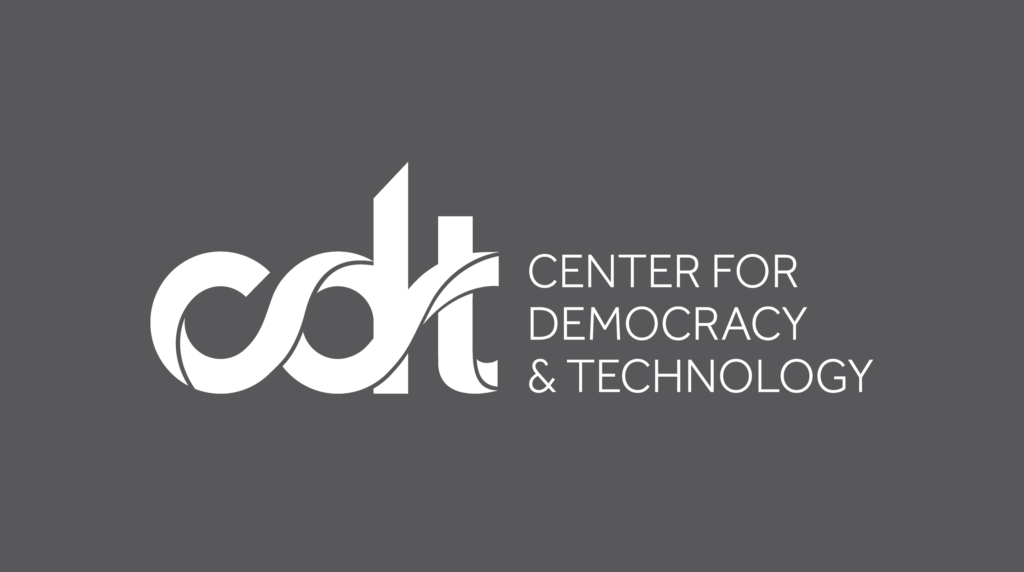Elections & Democracy, Free Expression
Online Voter Suppression: A Guide for Election Officials on How to Spot & Counter

Free and fair elections are a cornerstone of our democracy. One of the most pernicious forms of interference with elections is voter suppression: efforts to discourage or prevent people from exercising their right to vote. Mis- and disinformation that suppresses voter participation can be deployed through a variety of media, online and off.
This short guide focuses on how to spot content on social media that can suppress voter participation, as well as how election officials can anticipate and counter election misinformation that could suppress voter participation in their jurisdiction.
Voter suppression content
Voter suppression content is a subset of the mal-, mis-, and disinformation that can be found online:
- Misinformation – Inaccurate information created or shared without an intent to mislead or cause harm; can include genuine mistakes of fact
- Disinformation – Inaccurate information created or shared with the intent to mislead and cause harm; can include individual posts and coordinated campaigns
- Malinformation – Accurate information presented in a misleading context
Voter suppression content is information that could discourage or prevent people from casting their ballot. This can include everything from inaccurate information about the date of an election, to inaccurate reports of long lines, to efforts to persuade people that an election is “rigged” and their vote wouldn’t matter. This latter kind of content, which questions the legitimacy of electoral processes or the security of voting systems, can also be disinformation intended to lay the groundwork for disputing election results.
Much voter suppression activity is motivated by partisan interests, and targets demographic groups that are presumed to be planning to vote for the opposition. Rather than attempt to persuade these voters, the strategy is instead to stop them from voting at all.
However, it can be extremely difficult to discern the intent behind a post on social media, and a malicious intent is not always necessary for a post to have a voter-suppressive effect. For example, someone who unknowingly shares incorrect information about the deadline for requesting a mail-in ballot may still confuse other voters and prevent them from casting a ballot.
Ultimately, all types of voter suppression content can undermine our democracy by threatening voters’ ability to freely cast their ballots. Voters need access to accurate information about where and how to vote, and about the integrity of our election systems. Elections officials need to know what kind of misinformation is circulating online in order to counter it effectively and ensure robust voter participation.
Read the full guide here.
Find more of CDT’s work on election security here.


